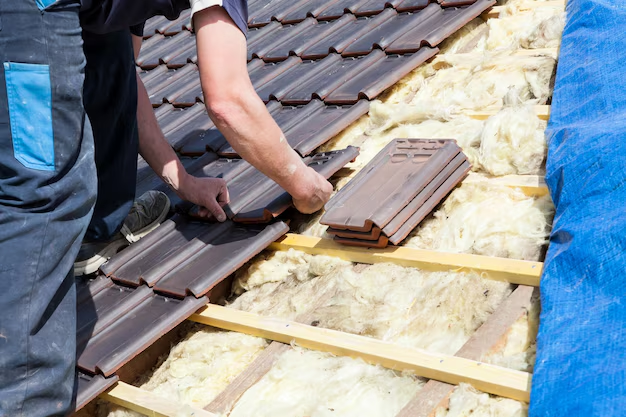What You Need to Know About Homeowners Insurance and Roof Replacement
When it comes to protecting your home, homeowners insurance plays a crucial role. However, understanding whether it covers roof replacement can often feel like navigating a maze. Let’s unravel the complexities surrounding this important question and explore other financial tools that could assist you.
When Does Homeowners Insurance Cover Roof Replacement?
Homeowners insurance typically covers roof replacement if the damage results from a covered peril. Common perils include:
- Fire
- Windstorms
- Hail
- Vandalism
For instance, if a storm damages your roof, your policy might cover the costs, minus your deductible. However, coverage can depend on various factors, such as:
- Policy Details: Some policies have specific provisions or exclusions.
- Roof Age: Older roofs might have limited coverage.
- Type of Damage: Gradual wear and tear are generally not covered.
What Isn’t Covered?
Unfortunately, not all damage qualifies for coverage. Exclusions often include:
- Normal Wear and Tear: Aging roofs or poor maintenance typically aren’t covered.
- Certain Weather Conditions: Damage due to floods or earthquakes often requires additional coverage or riders.
It’s essential to review your policy thoroughly and speak with your insurance agent to clarify what’s included.
How to Handle an Insurance Claim for Roof Replacement
If you believe your roof damage is covered:
- Document the Damage: Take photographs and detailed notes.
- Contact Your Insurer Promptly: Delays can complicate claims.
- Get a Professional Inspection: An assessment from a roofing contractor may be required.
- Cooperate with Your Insurance Adjuster: Provide any necessary information promptly.
Government Aid and Financial Assistance Options
Sometimes insurance isn’t enough, or a claim is denied. Here's how you can seek additional financial assistance:
- FEMA Assistance: In disaster-affected areas, FEMA may offer aid for repairs.
- Local and State Programs: Some areas provide grants or loans for home repairs.
- Department of Housing and Urban Development (HUD): HUD offers rehabilitation loans for home improvements, including roofing.
Exploring Financial Solutions
For additional funding, consider:
- Home Equity Loans or Lines of Credit: These options can fund extensive repairs or replacements.
- Credit Cards with Low-Interest Rates: Utilize for immediate needs, but ensure manageable repayment terms.
- Personal Loans: Unsecured loans can provide the necessary funds without home equity requirements.
Educational Resources and Grants
Understanding your options is crucial. Here are educational resources and grants to explore:
- Community Workshops: Many communities offer workshops on home repair financing.
- Nonprofit Organizations: Groups like Habitat for Humanity sometimes offer assistance or education on home improvements.
- Educational Grants: Some local governments provide grants for homeowners to learn about maintaining and repairing their properties.
Understanding whether your homeowners insurance covers roof replacement requires careful policy review and a clear understanding of your options. While insurance can provide valuable protection, knowing how to access additional resources strengthens your financial resilience.
Financial Assistance and Educational Programs
🔍 FEMA Disaster Assistance
Support for temporary housing and home repairs in disaster areas.🏠 HUD Rehabilitation Loans
Loans for home improvements, available through various programs.💳 Credit Card Offers with Low Interest
Useful for small to medium-sized repairs if managed wisely.📚 Local Educational Workshops
Free resources to learn about home repair financing options.🏗️ Community Support Programs
Assistance or guidance from local nonprofits for home improvement projects.
Investigate these options to ensure you're fully prepared, regardless of what Mother Nature throws your way.
